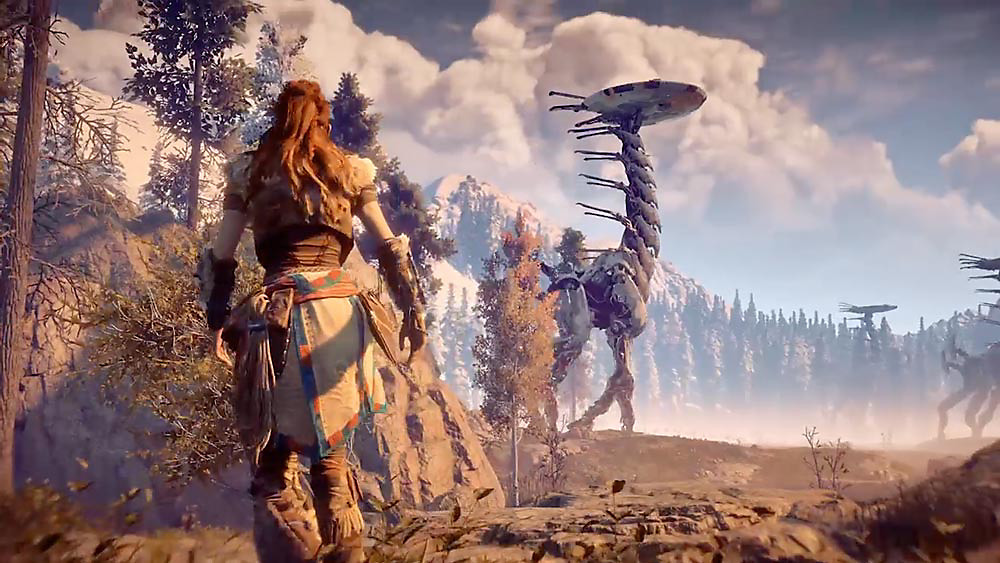Louis Theroux recently hosted Scottish comedian Frankie Boyle on his Grounded podcast, and part of their conversation was around some of his edgier jokes and the resulting media outrage. Boyle in turn makes a really good point, and it’s one relevant to all of us in professional communications.
Context.
His opinion is, of course something he says to a comedy crowd at 10pm in Newcastle doesn’t read as well in a newspaper as someone has breakfast in Surrey.
Context.
The comedy crowd’s ready for the punchline. Someone reading a paper looking to stoke outrage – and maintain easy content for a week or so – not so much. Of course not. They haven’t (literally) bought in to the joke and the person telling it.
Let’s not forget this principle applies to all communications we put out there; from internal comms to industry to ads and marketing campaigns.
Does your message make sense to your audience in context?
I’ve seen organisational announcements so long some employees literally didn’t read all the way through to the actual announcement.
We’ve all seen ad campaigns so busy celebrating their own creativity the product and brand effectively disappear.
Online copy so bad it seems to forget you know what the internet is and how it works.
Context (to put it scientifically) gives your messaging ooooomph. It makes it more digestible for your audience – and in turn more effective.
Think about what your message means to people. Where it will work best. How and when it will be consumed.
A lot of people – and organisations – forget this. They spend time working on getting the message right to their own minds, and it then becomes an unwinnable challenge to try to force it into places it doesn’t always naturally sit.
The context of your message delivery really matters, and building it into everything you do, or write, or publish, or create, will ensure you’re in a position to really see a return on the investments and resources you use.
To talk to me more about how context is critical to your communications, start with an email to wadehowland@internode.on.net







